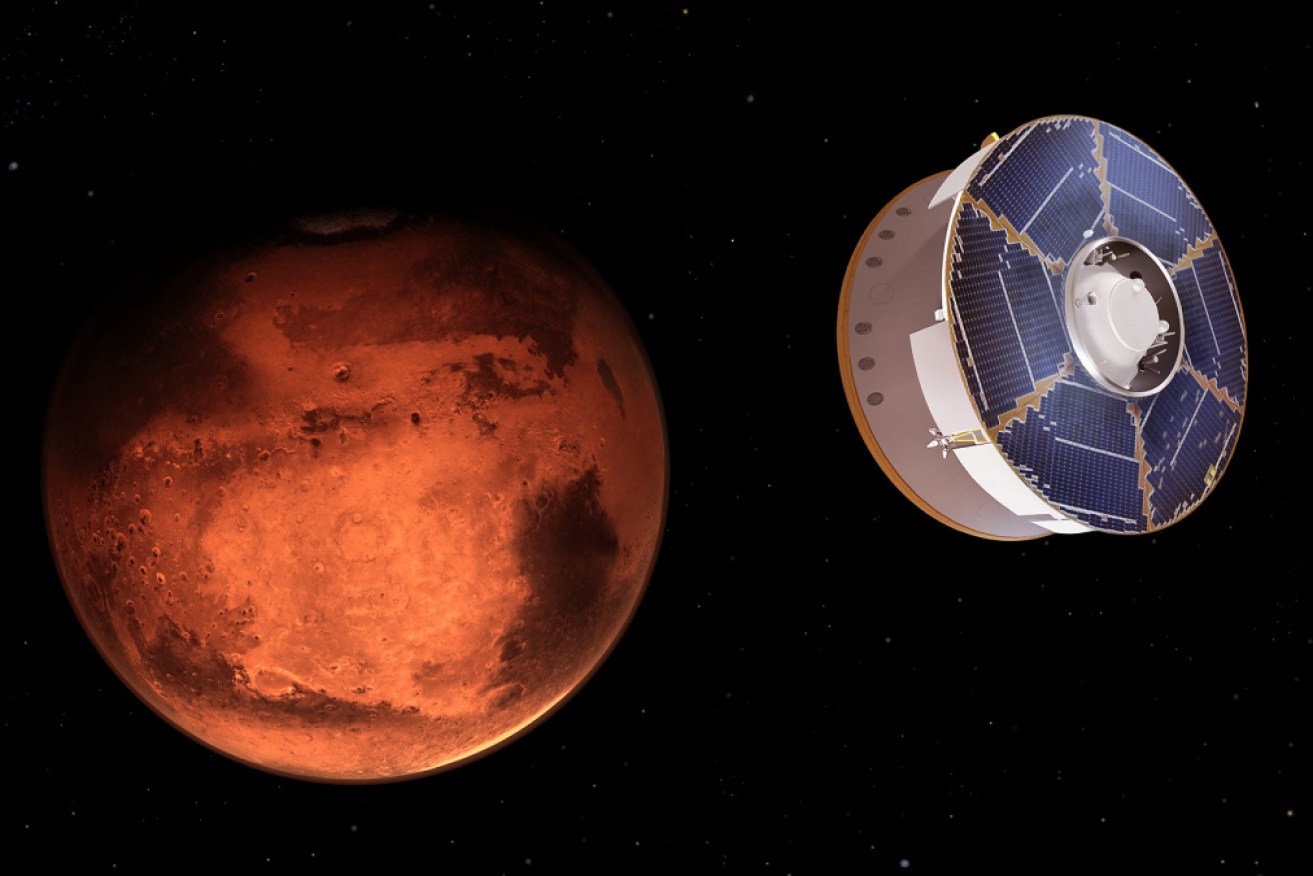NASA rover successfully touches down on Mars after ‘seven minutes of terror’

Any mission to Photo: AAP
A NASA rover has touched down on Mars in the riskiest step yet in an epic quest to bring back rocks that could answer whether life existed on the red planet.
Ground controllers at the space agency’s Jet Propulsion Laboratory in Pasadena, California, on Thursday (local time) settled in nervously for the descent of Perseverance to the surface of Mars, long a deathtrap for incoming spacecraft.
It took a nail-biting 11-½ minutes for a signal that would confirm success to reach earth.
The landing of the six-wheeled vehicle marks the third visit to Mars in just more than a week. Two spacecraft from the United Arab Emirates and China swung into orbit around the planet on successive days last week.
All three missions lifted off in July to take advantage of the close alignment of earth and Mars, travelling about 482 million kilometres in nearly seven months.

A full-size model of the Perseverance rover. Photo: Getty
Perseverance, the biggest, most advanced rover sent by NASA, is the ninth spacecraft to successfully land on Mars, every one of them from the US, beginning in the 1970s.
The car-size, plutonium-powered rover is aiming for a 5200-hectare strip on an ancient river delta full of pits, cliffs and fields of rock.
Scientists believe that if life ever flourished on Mars, it would have happened three billion to four billion years ago, when water still flowed on the planet.
Percy, as it is nicknamed, was designed to drill down with its two-metre arm and collect rock samples that might hold signs of bygone microscopic life.
The plan calls for three to four dozen chalk-size samples to be sealed in tubes and set aside on Mars to be retrieved by a fetch rover and brought home by another rocket ship, with the goal of getting them back to earth as early as 2031.
Perseverance’s descent has been described by NASA as “seven minutes of terror”, in which flight controllers can only watch helplessly.
The pre-programmed spacecraft is designed to hit the thin Martian atmosphere at 19,500km/h, then use a parachute to slow it down and a rocket-steered platform known to lower the rover the rest of the way to the surface.
NASA is teaming up with the European Space Agency to bring the rocks home.
-AAP








